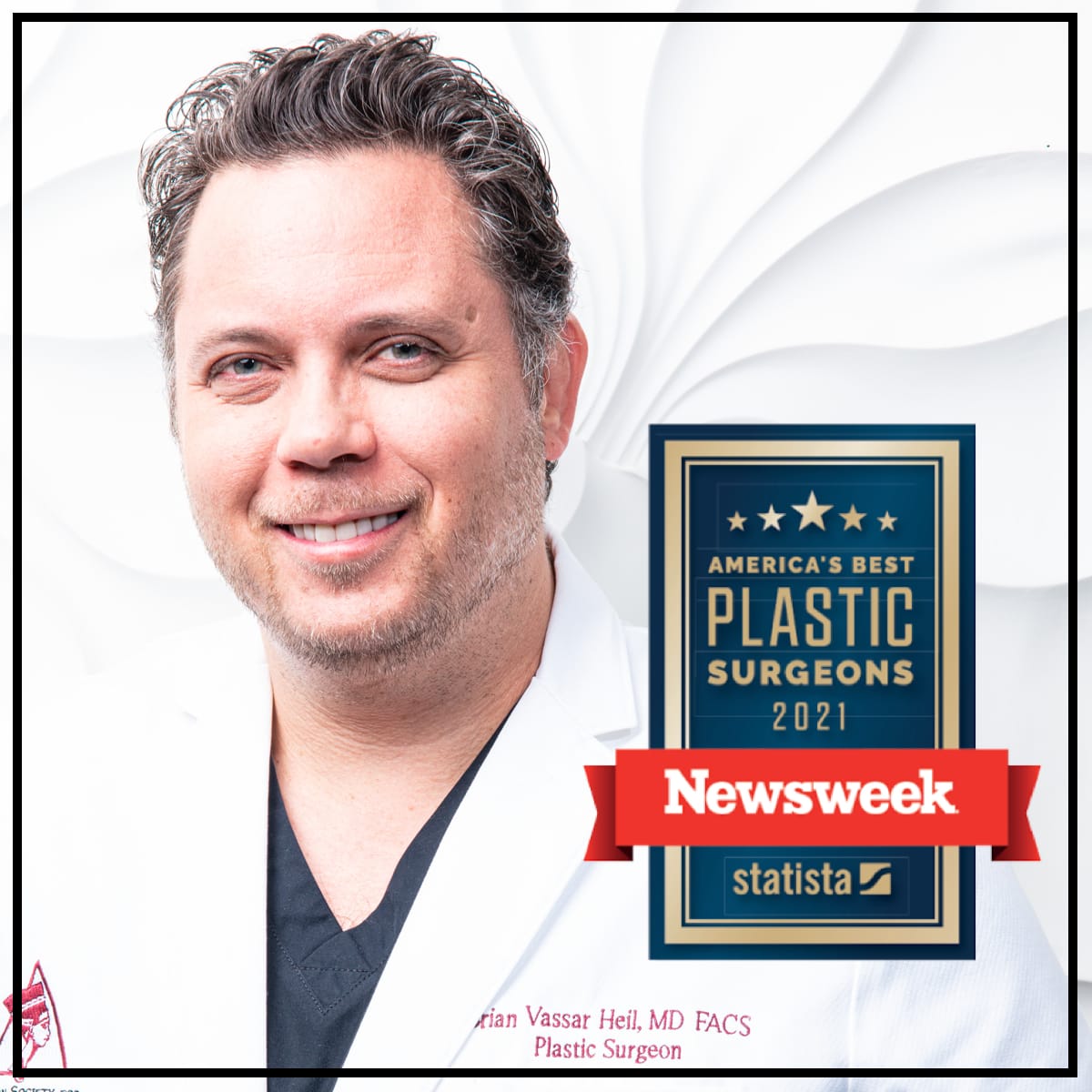The Moobs Phenomenon – Medically known as Gynecomastia
It’s every man’s worst nightmare: Male Boobs. Remember the Seinfeld episode, “The Mansierre,” in which Kramer developed a bra for guys who were suffering from a little too much breast development? Apparently the term “male boobs” is just about everywhere. Just returning from NYC, I noticed there seems to be a fascination with taking terms familiar to the female population and converting them into a masculine form. For example “The Man Purse,” describing handbags for men. I saw “the Male Purse” all over the streets of Manhattan, worn by men of all ages. But, let’s face it, men don’t want breasts- no man wants to wear a bra. The term “male boobs” is a medical condition called, Gynecomastia.

Gynecomastia or enlarged male breasts is a condition, which can lead to lack of self-esteem and confidence in men who are affected. Approximately 40-60% of men today live with Gynecomastia. Many men settle for the fact that they will have to wear loose fitting shirts to cover up their “female-like” chest. Others may work at gaining control of their diet and committing to an exercise program. Although this option is a wise choice, it does not decrease the severity for most males; they are left with a continuing desire for a masculine appearance.
There are several causes of Gynecomastia and possible combinations that can lead to this condition such as:
*Puberty
*Steroid abuse
*Obesity
*Breast Tumors
*Genetic disorders
*Chronic liver disease
*Aging
*Side effects of certain medications
Medications known to cause Gynecomastia include some anti-inflammatory drugs such as Ibuprofen, mood altering drugs such as Effexor, and acid reducers such as Tagamet, Zantac, and Pepcid. Steroids, commonly used by many athletes, are also known to cause Gynecomastia. Occasionally, it can occur with no identifiable cause.
Treatment – Gynecomastia in Pittsburgh
Surgery is the only effective treatment for men affected with Gynecomastia. Enlarged male breasts can be reduced by liposuction and/or by cutting out excess glandular tissue. The procedure for male breast reduction can last from one to three hours depending on the extent of the correction.
Liposuction
If your gynecomastia is primarily caused by fatty tissue, your Pittsburgh plastic surgeon may recommend a liposuction procedure. Liposuction surgery can actually remove unwanted localized deposits of fat cells from the body. A straw-like cannula is inserted through a tiny incision to remove excess fat cells. The result is a resculpting of bulging breasts into more attractive contours.
Traditional Surgical Excision
If your gynecomastia is the result of a glandular disorder, a Pittsburgh liposuction alone is not likely to be adequate. Traditional surgical excision may be a better option. The excision may be performed alone or in conjunction with liposuction. Typically, the incision is placed on the edge of the areola (colored area of the nipple) or in the underarm area. Your surgeon will work through these incisions to cut away the excess glandular tissue, fat and skin from the breast.
Following your Pittsburgh male breast reduction surgery, you can enjoy a more pleasing shape and enhanced self-confidence.
Finding the right surgeon
The surgical procedure requires skill and experience by the plastic surgeon. Gathering the right information with our Pittsburgh plastic surgeon, Brian Vassar Heil, MD, FACS will help you determine the success of this treatment and help you meet your personal expectations.
Whatever the reason behind you having grown breasts, it is important for you to know there are solutions that can help you! Seek a proper diagnosis and investigate your treatment options. We do not want this condition to affect other areas of your life. I urge you to explore our websites and pursue the information with our Board Certified Pittsburgh Plastic Surgeon, Brian Vassar Heil, MD. We want you to take your shirt off in public and show off the confidence that we all deserve.






